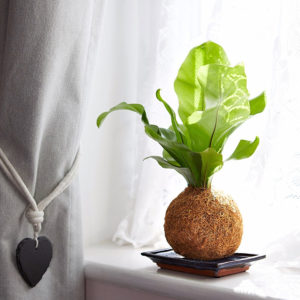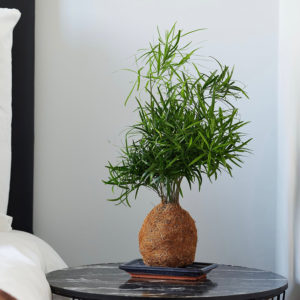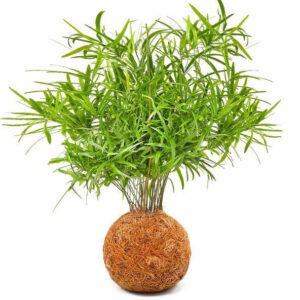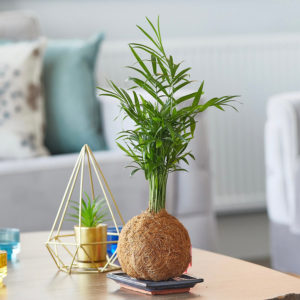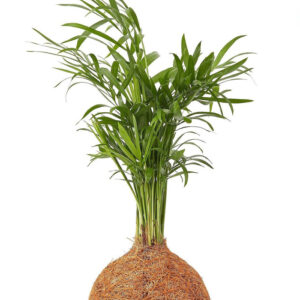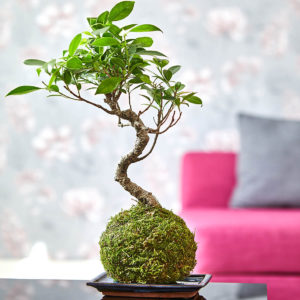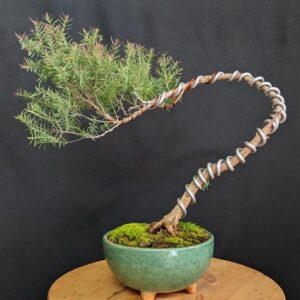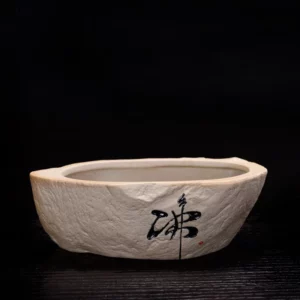In Japan, artistry in nature is not just appreciated in its magnificent mountains and majestic trees, but even more so in the smaller plants that reveal the country’s finest cultures and values throughout the centuries. Bonsai is a popular art form of growing miniature scales of trees in containers.
Nursing a tree into its fully-grown, mature state takes a good dynamic between creative horticulture skills and strong dedication. Get to know why these living art creations are deeply valued and preserved by learning their origin and significance to people in and out of Japan.
The History of Bonsai
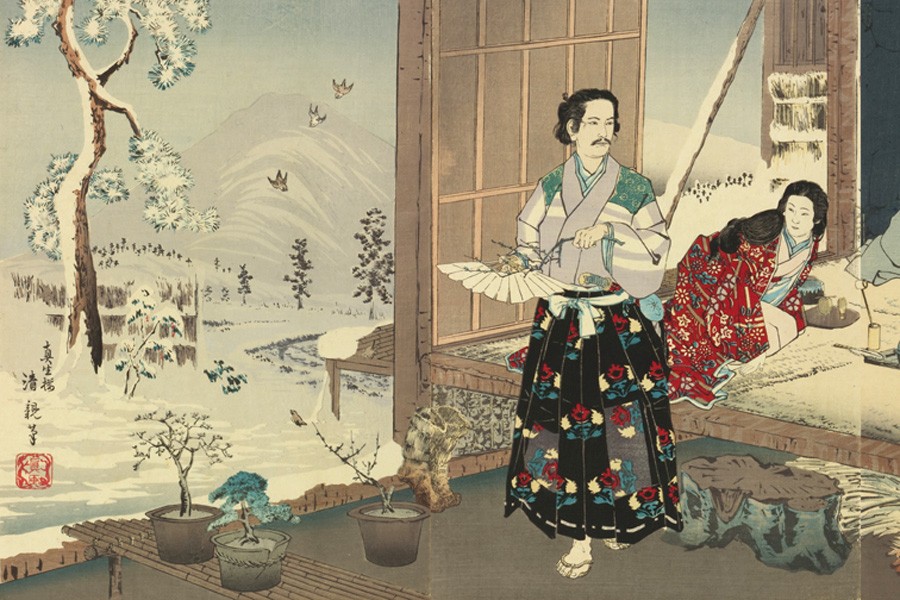
These so-called “dwarf trees” actually started to emerge in China during the Wei and Jin Dynasties. There was also an increase in the influences of Buddhism, Taoism, and Confucianism on the portrayal of simplicity and elegance in landscapes. Taoists firmly believed that representing some aspects of nature on a scaled-down model gave people access to their magical properties.
Thus, the Chinese art form called Penjing (which means tray plant or potted landscape) was born. Apart from Penzai, the cultivated tree, it was also made up of rocks and water in order to depict the essence of nature in symbolic form. The Chinese developed pruning and trimming skills over time to create trees into an appearance that they wanted. Penjing started to mature in the Tang Dynasty, where more artistic styles of this landscape appeared and visual prints on these subjects became more evident.
During the Hang Dynasty, Buddhist monks from China brought Penjing with them as they traveled to Japan. They brought various examples of Penzai into the country during the Kamakura Period and taught Japanese monks several techniques to cultivate miniature trees.
The Japanese monks were able to develop methods that are unique to Japan and later on called it their very own Bonsai. From monasteries, Bonsai trees eventually reached the homes of the royals and the elite. They were displayed on specially designed shelves as a symbol of their status and honor. As time passed, the trees became available across different social classes like samurai warriors and ordinary townspeople. They still remain in modern-day Japanese gardens as an integral part of identity and culture.
On Culture, Art, and Zen

More than a display of wealth, Japanese gardens bring the fusion of nature and religion through well-designed landscapes. It is believed that they bring a sense of serenity amidst our bustling lives. Bonsai is a very popular element in putting up a Japanese garden. The term comes from two kanji characters: bon (盆) which pertains to a tray, basin, or pot, and sai (裁) which means planting. Apart from their beautiful appearance, these potted trees are significant because they present the influence of Wabi-Sabi, a worldview on aesthetics, which helps a person to see beauty in imperfection. It appreciates beautiful damages brought by the passing of time.
Bonsai is a blend of horticultural knowledge and art. The goal of growing these trees is to provide an opportunity for people to develop character on patience, effort, and personal expression. The long time of cultivating a tree teaches one the importance of long-term care and hard work for what you possess. Bonsai is also a combination of creative thought and expression in a miniature plant that lasts even for hundreds of years. The gardener takes the time to show a particular aesthetic whale maintaining the best health of the tree.
There is a close relation between Bonsai and Zen. The Buddhist monks believed that practicing Bonsai was a meditative, reflective, and harmonious experience in the journey of being one with nature.
In Zen, there are three virtues required for successful Bonsai horticulture: truth, goodness, and beauty. There are also several principles to follow for a tree to have a deep impact on the gardener. A Bonsai tree must always be planted slightly off-center of its container. This is so as not to interfere with the middle which is believed to be the point where heaven meets the earth. Furthermore, the daily care for a tree should be a time of meditation and reflection for the gardener.

Growing a tree into its full maturity highly depends on different considerations. The care and style would differ for a Bonsai tree meant for indoors and outdoors. Climate and geographical location also affect how it should be treated.
Getting started with your Bonsai Tree
The start of the process is by having a source material tree, which can be acquired through the following methods:
- Seed growing
- Tree propagation (through grafting, cuttings, or air-layering)
- Using young garden center trees (nurseries)
- Buying old trees
- Using trees in the wild
- Purchasing a ready-made Bonsai tree
Wiring and Pruning
To shape the growing tree, the gardener must continue to do two things: wiring and pruning. These must be done carefully on the branches to ensure that they will be guided to grow in the desired direction and shape. A tree will still need care and attention as its lifespan increases. It is crucial to know how to take proper care of it after it is initially planted on the container. Some steps can be done to keep its health and beauty for many years:
- Watering – this should be done to prevent the soil from being dry
- Fertilizing – this provides nutrients for the soil to be in its optimal condition for the tree
- Trimming and Pinching – this maintains the tree’s good shape
- Repotting – this encourages a more compact and organized root system
Every Bonsai tree is sure to grow well if these practices are done by heart. However, specific techniques still vary on the species that is being cultivated. It is always best to know how to cater to the tree’s specific needs.
Bonsai Key Factors to Consider

There are also several key factors to bear in mind before and during the cultivation process of a Bonsai tree.
Choosing the Best Bonsai Pot
The bonsai pot is accountable for about half of the tree’s life. It must be low, but wide enough to support the plant’s roots. Some trees may require larger pots to allow the upper parts of the tree to hang lower than the top of the roots.
Picking a pot must be sufficient for a tree to grow and surpass a particular stage. Apart from this, the aesthetic of the pot must also complement the tree composition to highlight its portrayal of a full tree on a miniature scale.
Selecting the Ideal Tree
There are trees that are suitable to be used for Bonsai over others. In picking a tree, it is important to think about what best fits personal lifestyle and location to be more aware of time and dedication as well as the tendencies of weather changes.
Some trees are easy to grow, which are most suitable for people who are new to practicing this art. The level of skill also matters as some trees require more knowledge of their physiology and behavior in order to flourish.
Getting the Soil Mix Right
The quality of soil mixture greatly affects the health and endurance of a tree. Bonsai trees planted on poor soil (or even normal garden soil) tend to be weak. It can be harmful to trees when the soil gets dry and hardens as it makes watering difficult.
The most common components for Bonsai soil mixtures are Akadama, Pumice, Lava rock, organic potting compost, and fine gravel also known as grit. While there is no perfect formula for Bonsai soil mixes, having the right combination components for a specific species can result in a healthy tree.
Having the Right Tools
It also takes the right Bonsai toolkit to be able to provide proper care for a tree. Common tools in a Bonsai nursery could be cutters, scissors, bonsai saw, and brushes. These make the trimming and pruning process much easier for a gardener.
These essential tools are enough especially for beginners, but Bonsai masters may have more specialized tools fit for their level of skill.
Enjoying Bonsai Outside Japan
To this day, the art of Bonsai is also thriving in Asia and countries all over the world. At first, Bonsai trees seen in Western countries were imported from Japan.
Now, the wide range of species for Bonsai allowed more people to get into practice by using trees that are local to their places.
Different countries have set up Bonsai museums showing extensive collections of trees to the global community.














































